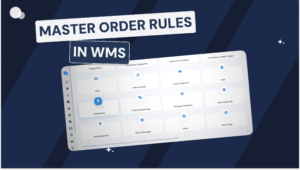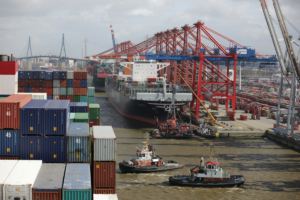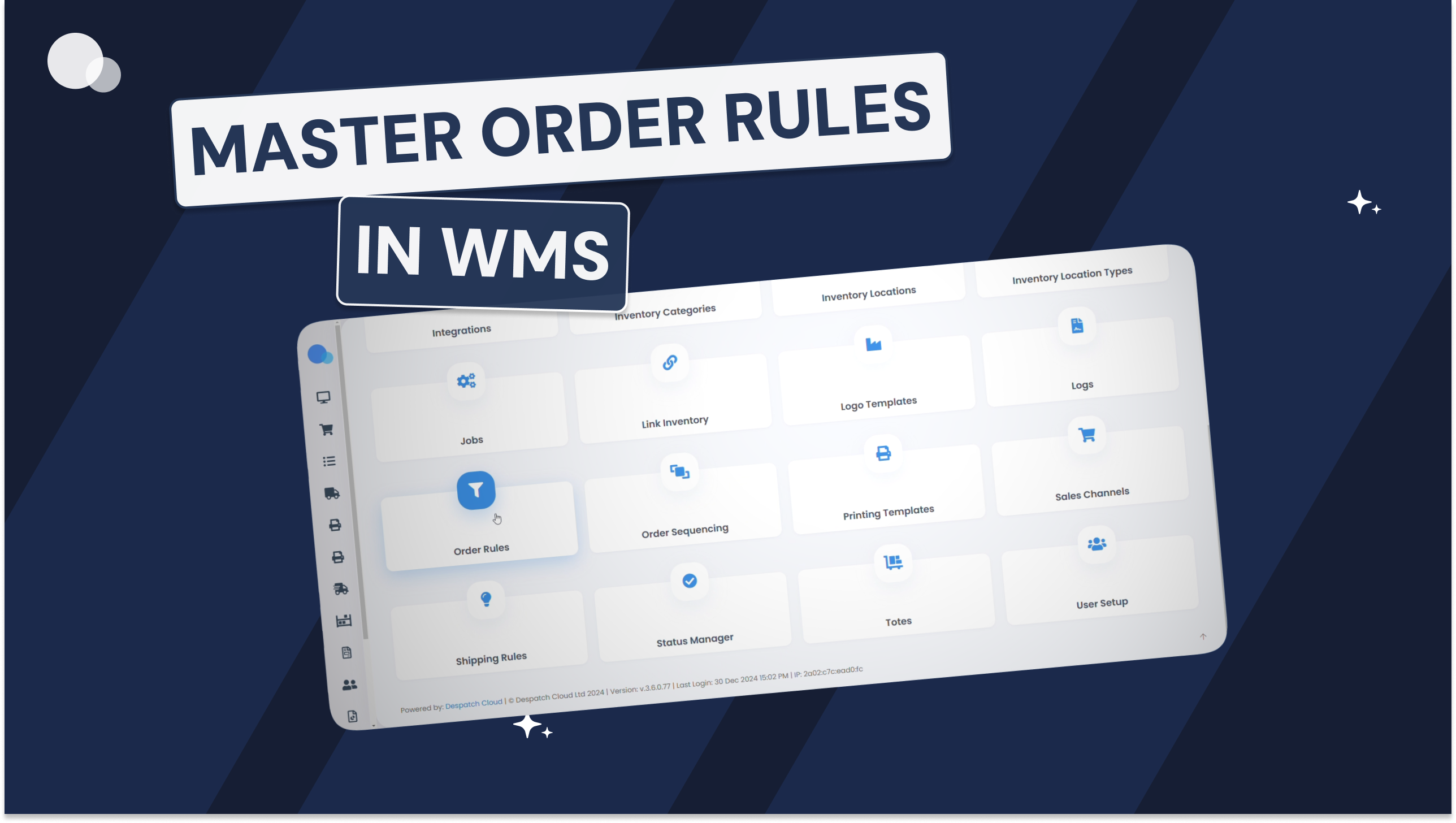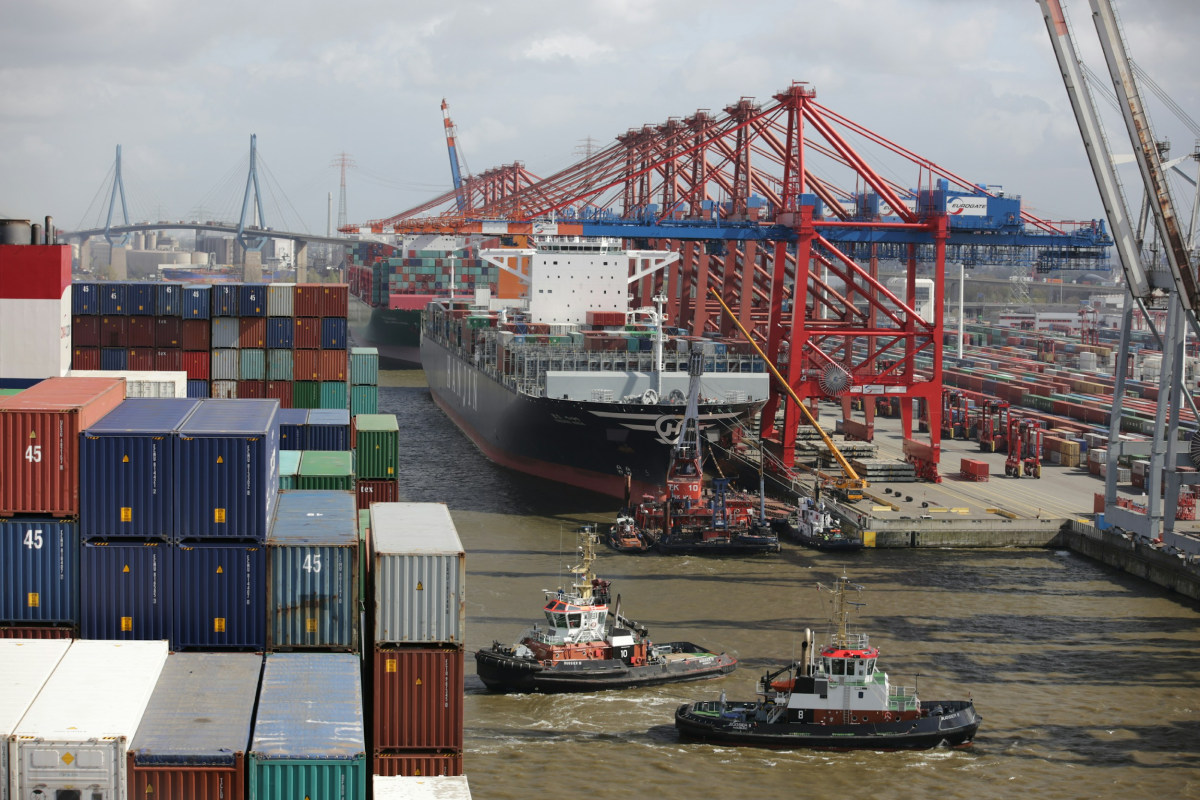Talking Shop: The future of eCommerce post-purchase and courier insurance
Hey there, fellow eCommerce enthusiasts! Have you ever found yourself knee-deep in paperwork, trying to figure out insurance for your online store, and thought, «There’s got to be a better way»? Well, you’re not alone. In a recent chat with Megan Bingham-Walker, the powerhouse CEO of Anansi, we delved into the world of eCommerce post-purchase and courier insurance.
So, how did Anansi come to be? Well, Megan’s lightbulb moment came from her own struggles while running an eCommerce business selling eco-friendly homeware. She noticed how seamlessly technology integrated into various aspects of her business, except for insurance. Cue the frustration of filling out endless PDF forms and making projections like a fortune teller. Megan saw an opportunity to bridge this gap by leveraging existing data within the eCommerce ecosystem.
Enter Anansi. With their fully regulated insurance product, retailers can breathe easy knowing they’re covered for the unexpected twists and turns of the courier journey. No more sleepless nights wondering if that package will arrive intact.
What is insurance in eCommerce?
Anansi’s growing popularity and feedback from their customers shows a clear gap when it comes to courier insurance. More often than not, couriers will not offer full/sufficient coverage in cases of damage or loss, even for high-value items.
«One of the areas of confusion is: what is insurance in this space? Because when we speak to retailers, they obviously have a certain level of cover under the normal courier SLAs. But normally that’s capped. That could be up to the lower of cost price or the first £25 for most of the couriers. There are some which offer a little bit more above that so you can then pay more to the courier firms to get some form of whole compensation. But it can be quite expensive because it’s essentially an unregulated product. Normally the courier firms are the kind of judge and jury on that because they’re doing the shipments and then judging whether there is a claim to be paid. The reason why our product is existing is that we feel that there is a role for some form of an independent and fully regulated insurance product. We’re regulated by the UK Financial Conduct Authority so; we can’t just not pay the claim for an unknown reason. We are held to some independent standards. And actually, we do have a 98% claim success ratio, which is really market leading in this sector.”
How can a negative post-purchase experience effect the retailers?
Reflecting on the challenges eCommerce businesses face in the post-purchase space, Megan emphasises the pressure to lower delivery prices for customers and reduce shipping costs, without compromising service quality.
“We’ve now entered a new generation of shopping where the competition isn’t between companies, it’s between supply chains. We’ve gone from proximity – so, shopping malls and that sort of thing – to price or competition on price in a way. With the advent of Amazon, now there’s many, many companies where you can buy. So, which one is really going to deliver, and have that robust supply chain to deliver products in the most convenient form for the customer essentially.”
We discuss how the insurance gap and lack of transparency affects retailers and creates a dent in customer relationships, with 85% of customers stating a negative delivery experience would be enough to deter them from buying from the same retailer again.
“So, on one hand, there’s been a big drive to reduce the amount of costs of deliveries, which is putting a huge amount of pressure on the supply chain. And on the other hand, delivery problems are really the leading cause of customer churn. Given that the cost of customer acquisition has been increasing something like five folds in the in the last few years, that’s really a concern for retailers. Another stat that we found is that something like 34% of shoppers have experienced a delivery problem with the most recent parcel that they’ve received. If you put all of the stats together, for every 100 deliveries, 34 could mean that those customers essentially don’t come and shop with your business again. It’s mad.”
How are Anansi and Despatch Cloud moving things forward?
Talking about the benefits of Anansi and automated insurance, Megan explains:
“There are businesses, even quite large businesses, that just don’t know what has happened to an item until the customer tells them it’s arrived damaged, or it hasn’t arrived at all. So, one of the aspects of our technology is that we’re using that tracking data in the background so that the retailers can go to our dashboard and see: is that item in transit? What was the expected delivery date? Just having that data in one place is a really big value add. And then the second thing is that we operate on a monthly cycle. So as soon as that claim is confirmed, you know that you’re going to be receiving that payment, just after the next premium invoice has been paid. So, you can really start to plan your cash flows a lot easier rather than wondering whether you are going to get paid at all.”
Not only that. This type of insurance service means that not only couriers and customers, but also retailers are covered in this space, promoting accountability for all parties involved.
“The goal with the insurance is that the retailers can feel confident they’ve got that backing, that they can refund the customer as quickly as possible. They can also take rapid action if an item does arrive damaged. And again, it just means that in the background, there’s not a huge amount of admin for the retailer to do.”
We see a shift in retailers’ concerns, now leaning more towards the post-purchase. Reflecting on her own experience as Anansi’s founder and CEO, Megan confirms:
“We’ve definitely noticed a shift in the last 9 to 12 months, where businesses are really focused on post-purchase and returns as well. And we’re not focused on any particular sector. We have clients in apparel, furniture, we work with vape companies, wine, so it’s a real spread. But I think definitely for those higher value, slightly higher average order value items, electronics, anything kind of above £100 average order value where you’ve got more money on the line, this is where the insurance really comes into its own and where those businesses are really starting to try and think about what they can do to just have more accountability across that supply chain.”
This is where the Despatch Cloud X Anansi partnership comes into play, offering a holistic solution for eCommerce businesses looking to improve efficiency and transparency within their post-purchase operations, not only for themselves, but also for their customers.
“Apart from that, the sort of service that Despatch Cloud provides with the tracking is something that people have been really excited about. So rather than the retailer not knowing that something has happened until the customer tells them, being able to be more on the front foot in terms of providing the tracking details to the customer, to be able t o have those checks going on in the background, that’s definitely something which is the first step for a lot of retailers. I think there’s a lot that you can do just with the data. But also in terms of operational efficiency, I think the Despatch Cloud solution really, really fits with that.”
What are the emerging trends in the eCommerce post-purchase space?
Looking at emerging trends in the eCommerce post-purchase space, Megan highlights the growing concern with providing consistent branding across the multiple customer touch points:
“Something that we’ve heard in terms of a shift from the retailers is that they do very much want to keep the customer within their own ecosystem. So, tools that empower the retailer to communicate with their customer better are so valuable at the moment. You do see some other businesses trying to in the tracking direct them off into another app or another portal and that just creates confusion and is really a worst experience. So, that’s something where we said we just want to almost white label the product to be honest. We work with third party logistics partners where they’ll just see the small print that this is being powered by Anansi, but essentially, they’re providing those three pills and providing their customer with this complete warehousing, distribution and insurance just as one coherent product.”
Megan also comments:
“One of the trends that I’m seeing is what we talked about data and just increasing the proportion of retailers that do actually provide the tracking data to the customers as well. So there’s much more visibility on what happens next, what is happening, and just keeping more proactive updates. I think the second big trend is giving the customer the ability to change the delivery date. So, when you get an email saying your delivery is going to happen now, but if you click this button, you can change the date just to make sure that you will be available. Or maybe direct it to a local pack station or something. So, I think we’re definitely going to see just more ability to have more convenience for customers. And again, this also is likely to increase the likelihood that this delivery is going to be successful as well. I think those sorts of items to just to improve it from a customer experience are going to be much more prevalent going forwards. We are definitely seeing the retailers that we’re working with moving away from just relying on the sort of the standard coverage that they get within the SLAs and then looking to have this kind of 100% coverage insurance for those higher average order value items.”
How can data be used to improve the post-purchase experience.
We asked Megan about her thoughts on how shipping data can be used by online retailers to continuously improve their post-purchase.
“That’s really one of the key USPs of the product. Rather than the traditional insurance products where the retailer has to gather all the data and do all the work, as it were, to file the claim, we want to bootstrap that on our site where we take the data that’s already available, and then we’re just really asking for the exceptions. That’s a really big reduction in the time it would take to get those claims processed. But I think what’s really exciting is, essentially with the data that we have in the background we can really start to drive continual improvements in the supply chain. So, as a retailer, you see your own data, you know what your loss ratios are. But we are seeing the data across multiple different retailers. So, we can start to see pockets of maybe issues or frauds or maybe particular regions where something isn’t really tracking to what the expectations are. And then we can help and advise retailers. Maybe you want to change the courier firm you’re using for this specific product line or specific area in order to improve the loss ratio over time. I think that’s where this product becomes really exciting, because it’s actually driving operational improvements and really helping to just improve the whole process all round.”
Automated insurance technology also helps prevent potential fraud stemming from a lack of visibility and accountability in the supply chain.
«We’ve heard of retailers who basically kind of gone from one of the couriers to the next one, just going around the houses basically. One thing we are hearing is that fraud is absolutely on the agenda for all of the businesses we speak to; increases in fraud everywhere. So, in the store, on the doorstep, in the courier network, all the way through the value chain. So, if we can help to identify more systematically where the issues are happening, then that’s really a massive potential win and operational saving for the clients we work with.”
Unfortunately, there are still a lot of blockers and disinformation when it comes to courier insurance. Megan explains:
“I think across the insurance industry is the small print. And just trying to find ways to make the products more accessible and understandable for people without having to reads pages and pages of documents to realize that that sort of thing isn’t covered. Again, that’s something that we we’re working with our customers to try and have as essentially as few exclusions as possible. So as I mentioned, we can do alcohol by exception. We’re working with a vape company. Sometimes business such as that struggle to find cover so essentially what we want to do is just have that spread of potential opportunities.”
«The first client that we ever had at Anansi was a bike company. They were shipping bikes across the UK and often this is how people realise that they don’t actually have insurance – when they have a problem, essentially. So, this company was shipping bikes with one of the courier firms. And I think they had an assumption that if something went wrong that they would somehow be covered under the existing terms. And they were kind of horrified when a £400 bike somehow went missing in the courier network and all they got back was essentially £25. So, after that, they obviously then realized there was a there was a massive insurance cap. And they were using the product quite happily for some time. That’s just an example that often we do speak to, particularly some of the smaller businesses who just maybe aren’t as sort of aware of what is and what isn’t covered.”
Learn more
Big thanks to Megan for sharing her insights with us on Talking Shop! Don’t miss out – catch the full interview below.






